
The Evolution of Molded Case Circuit Breakers in a Global Market
In today's rapidly evolving global market, the demand for reliable and efficient electrical solutions has never been greater. Among these solutions, the China Molded Case Circuit Breaker (MCCB) stands out as a testament to innovative engineering and quality manufacturing. As industries across the world seek to enhance safety and reliability in their electrical systems, Chinese manufacturers have positioned themselves as key players, leveraging advanced technologies and stringent quality control measures. This blog delves into the evolution of molded case circuit breakers, exploring their significance in an international context and highlighting how China's commitment to excellence in manufacturing makes it a trusted partner for global enterprises. From the transformative design changes to the increasing market demand, we will uncover the vital role that China Molded Case Circuit Breakers play in shaping the future of electrical distribution and protection.

Understanding the Basics: What are Molded Case Circuit Breakers?
Molded Case Circuit Breakers (MCCBs) are essential components in electrical distribution systems, designed to protect electrical circuits from overloads and short circuits. These devices combine the functions of both circuit interruption and overload protection in a compact package. According to a recent report by MarketsandMarkets, the global MCCB market was valued at approximately $10.7 billion in 2022 and is projected to reach $17.3 billion by 2027, reflecting a compound annual growth rate (CAGR) of 10.2%. This growth highlights the increasing demand for efficient energy management and safety in electrical systems across various industries.

MCCBs function through thermal and magnetic mechanisms. The thermal mechanism operates on the principle of heating caused by circuit overloads, which triggers the circuit to trip. In contrast, the magnetic mechanism reacts instantaneously to short circuits, ensuring rapid disconnection of power. The robustness and reliability of MCCBs make them suitable for a wide array of applications—from industrial to commercial settings. A study from Technavio forecasts that the increased adoption of smart grid technology will further propel the MCCB market as industries seek advanced solutions for better energy optimization and reduced electrical hazards.
Types of Molded Case Circuit Breakers and Their Unique Features
Molded case circuit breakers (MCCBs) have seen significant advancements, leading to a diverse range of types tailored to various applications. One major type is the thermal magnetic MCCB, which combines thermal and magnetic protection. This design allows for effective overload and short-circuit protection, making it a popular choice in industrial settings where durability and reliability are paramount. These breakers are known for their quick response to short circuits while providing a delayed response to overloads, ensuring optimal operation during fluctuating loads.
In contrast, electronic MCCBs have gained traction in modern systems due to their advanced features and precision. Equipped with digital trip units, they offer customizable settings for overload and short-circuit protection, enhancing their adaptability across varying load conditions. Additionally, these breakers often include communication interfaces that allow for integration into smart grid applications, enabling real-time monitoring and data analysis. The evolution of MCCBs to include both thermal magnetic and electronic types showcases the industry's commitment to safety and efficiency in an ever-evolving global market.
The Evolution of Molded Case Circuit Breakers in a Global Market - Types of Molded Case Circuit Breakers and Their Unique Features
| Type | Application | Rated Current (A) | Breaking Capacity (kA) | Unique Features |
|---|---|---|---|---|
| Standard MCCB | Industrial Applications | 15 - 1600 | 10 - 100 | Thermal & Magnetic Protection |
| Compact MCCB | Commercial Buildings | 10 - 125 | 6 - 25 | Space-Saving Design |
| Motor Protection MCCB | Motor Control | 30 - 800 | 25 - 80 | Specialized Motor Protection |
| Earth Leakage MCCB | Safety Applications | 16 - 630 | 10 - 50 | Integrated Earth Leakage Protection |
| Smart MCCB | Advanced Monitoring | 25 - 400 | 10 - 50 | IoT Connectivity & Real-time Monitoring |
Applications of Molded Case Circuit Breakers in Various Industries
Molded Case Circuit Breakers (MCCBs) play a crucial role in modern electrical systems across various industries. Their primary function is to protect electrical circuits from overloads and short circuits, which is essential in applications ranging from residential buildings to large industrial facilities. In commercial settings, MCCBs ensure the reliability of power distribution by automatically interrupting circuit flow during fault conditions, thereby preventing equipment damage and minimizing downtime.
In the manufacturing sector, MCCBs are integral for safeguarding machinery and systems that operate at high voltage. With their ability to handle a wide range of current ratings, these circuit breakers can be tailored to meet the specific needs of different manufacturing processes. Furthermore, in renewable energy applications, such as solar and wind power, MCCBs provide necessary protection for inverter systems, ensuring a seamless integration of these alternative energy sources into the grid. The adaptability and reliability of MCCBs make them indispensable components in the evolving landscape of global industries.
Global Market Trends Influencing Molded Case Circuit Breaker Evolution
The molded case circuit breaker (MCCB) market is undergoing significant transformation, driven by various global market trends. One of the prominent trends is the increasing demand for energy efficiency and sustainable technology. As industries move toward greener practices, the design and functionality of MCCBs are evolving to include features that support energy conservation and monitoring capabilities. This shift is not only aligning with regulatory requirements but also catering to consumer preferences for eco-friendly solutions.
Tip: When selecting MCCBs for your applications, consider opting for models that integrate smart technology. These enhancements can provide real-time data analytics, allowing for better monitoring and management of energy usage.
Another trend influencing the evolution of MCCBs is the rapid advancement in automation and smart grid technologies. With the rise of Industry 4.0, there is a heightened need for circuit breakers that can seamlessly integrate into automated systems. This necessitates the development of more sophisticated MCCBs equipped with digital interfaces and remote operation capabilities.
Tip: Ensure that your circuit protection devices are compatible with existing smart grid systems. This compatibility will not only enhance operational efficiency but also future-proof your infrastructure against technological advances.
How to Choose the Right Molded Case Circuit Breaker for Your Needs
When selecting the right molded case circuit breaker (MCCB) for your specific needs, it is essential to consider several key factors that directly impact performance and safety. First, assess the electrical load your circuit will handle. Understanding the amperage requirements is crucial since MCCBs are available in various ratings, ensuring that you choose one that can adequately protect your system without tripping unnecessarily.
Another important aspect is the environment in which the MCCB will be installed. Factors such as temperature, humidity, and potential exposure to dust or corrosive elements can significantly influence the performance of a circuit breaker. Selecting a breaker with an appropriate enclosure rating, such as NEMA or IP, will help safeguard it against environmental challenges, prolonging its lifespan and ensuring reliable operation.
Additionally, consider the features that enhance the functionality of the MCCB. Options like adjustable trip settings, built-in arc flash protection, and remote monitoring capabilities can provide added safety and convenience. Investing time in understanding your requirements will lead to a more informed decision, ultimately ensuring optimal protection for your electrical systems.


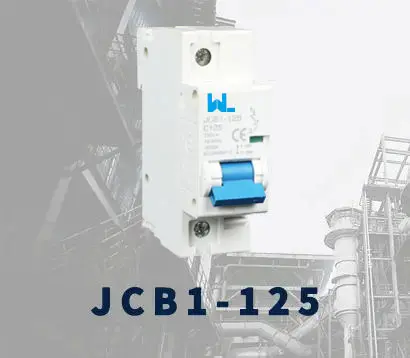 JCB1-125
JCB1-125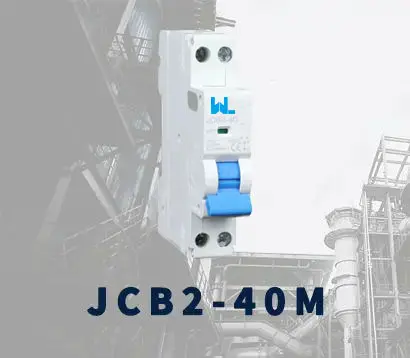 JCB2-40M
JCB2-40M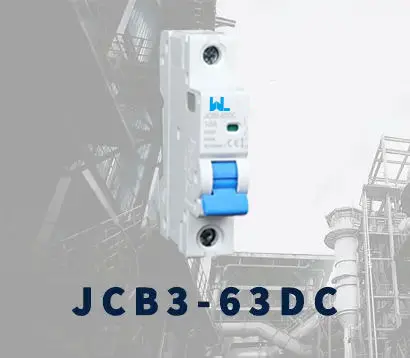 JCB3-63DC
JCB3-63DC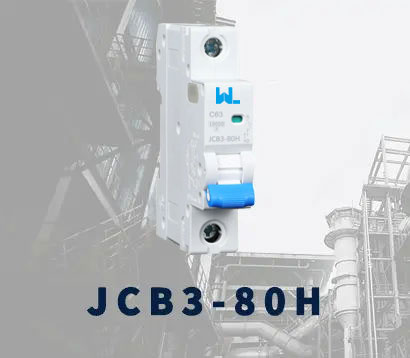 JCB3-80H
JCB3-80H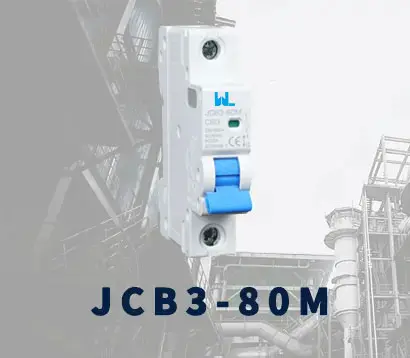 JCB3-80M
JCB3-80M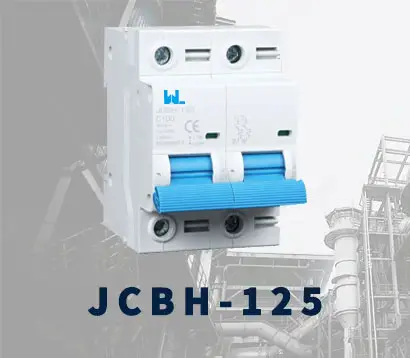 JCBH-125
JCBH-125 JC125-4P
JC125-4P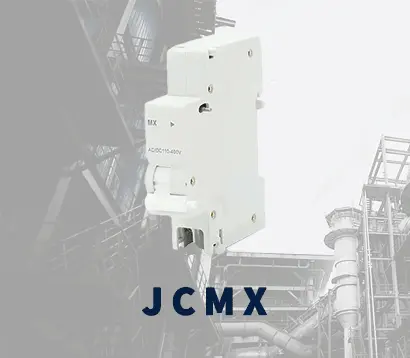 JCMX
JCMX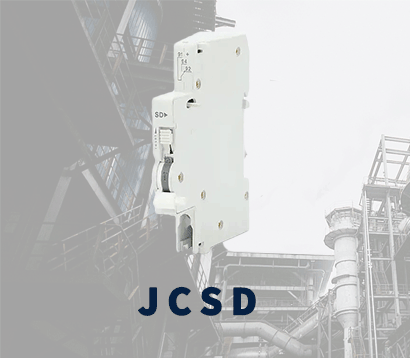 JCSD
JCSD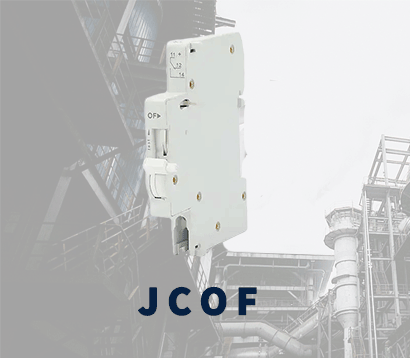 JCOF
JCOF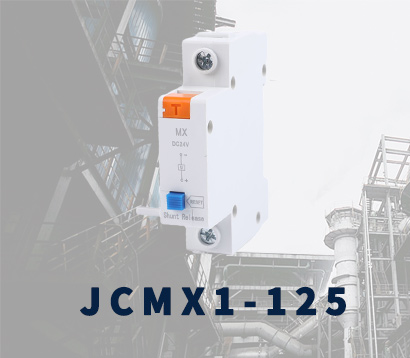 JCMX1-125
JCMX1-125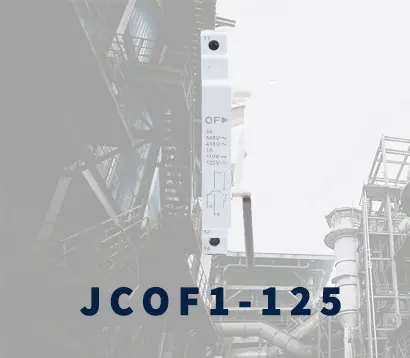 JCOF1-125
JCOF1-125 JCSD1-125
JCSD1-125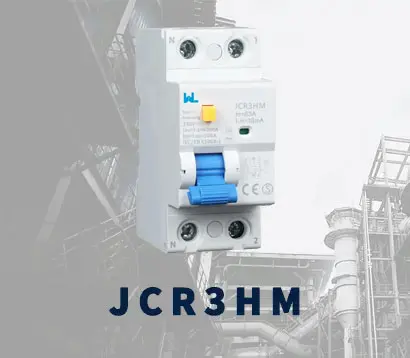 JCR3HM
JCR3HM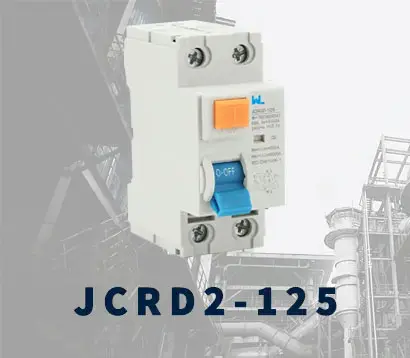 JCRD2-125
JCRD2-125 JCRD4-125
JCRD4-125 JCRB2-100
JCRB2-100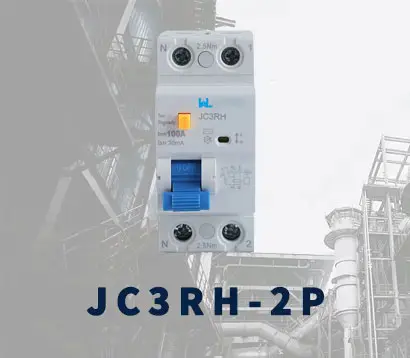 JC3RH-2P
JC3RH-2P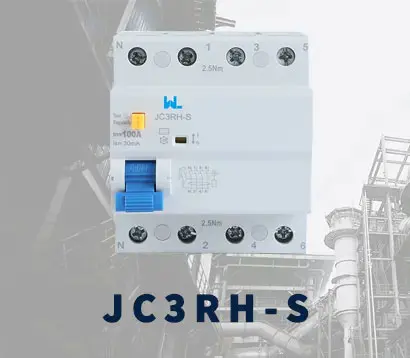 JC3RH-S
JC3RH-S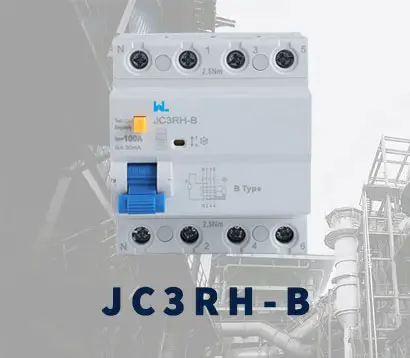 JC3RH-B
JC3RH-B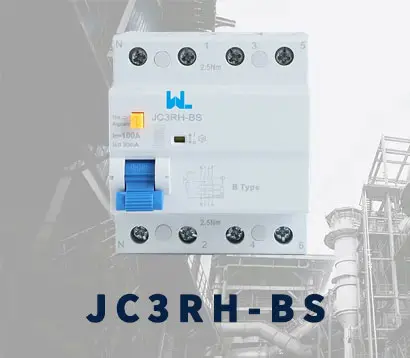 JC3RH-BS
JC3RH-BS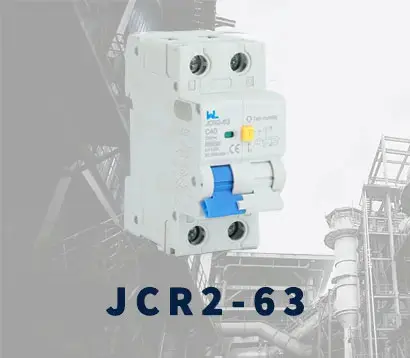 JCR2-63
JCR2-63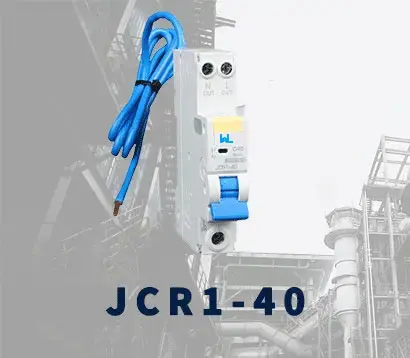 JCR1-40
JCR1-40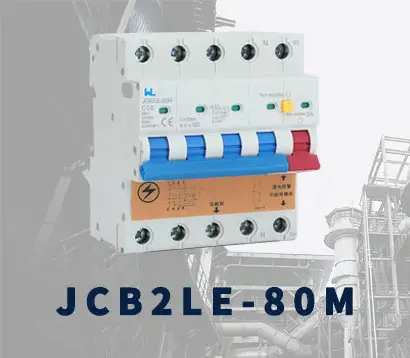 JCB2LE-80M
JCB2LE-80M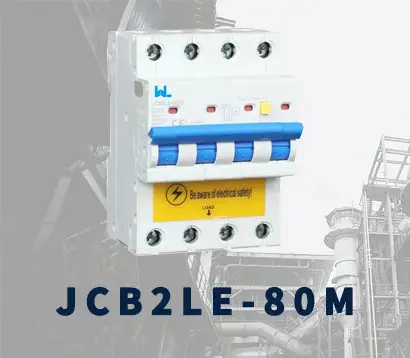 JCB2LE-80M
JCB2LE-80M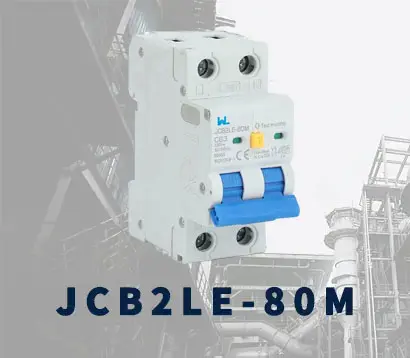 JCB2LE-80M
JCB2LE-80M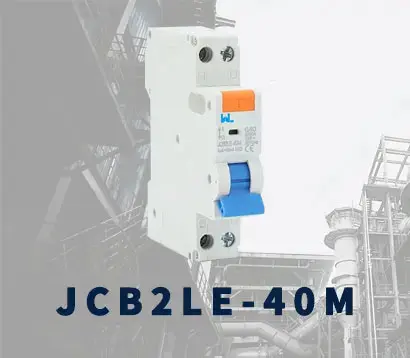 JCB2LE-40M
JCB2LE-40M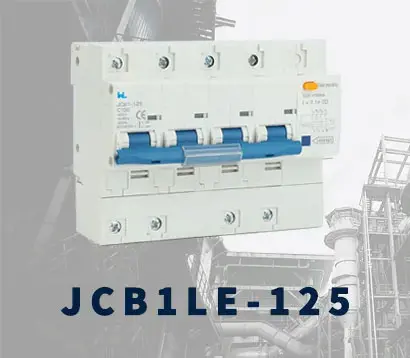 JCB1LE-125
JCB1LE-125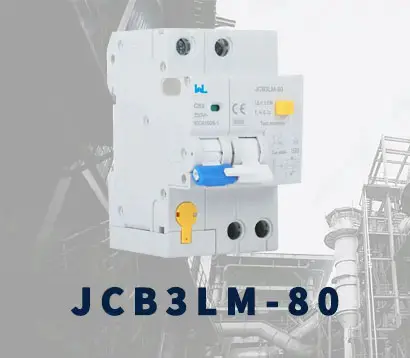 JCB3LM-80
JCB3LM-80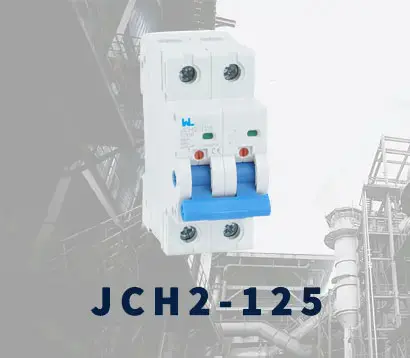 JCH2-125
JCH2-125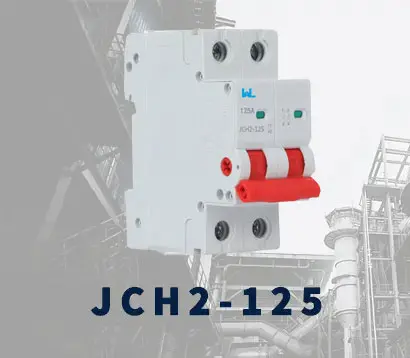 JCH2-125
JCH2-125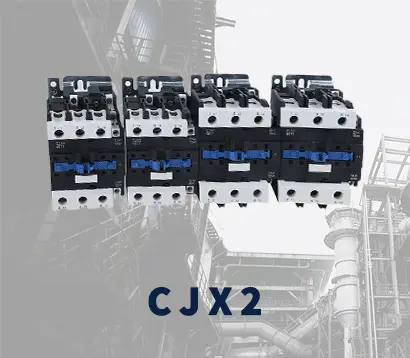 CJX2
CJX2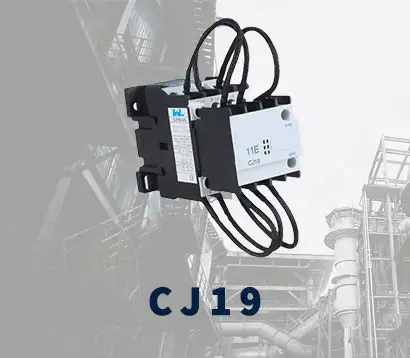 CJ19
CJ19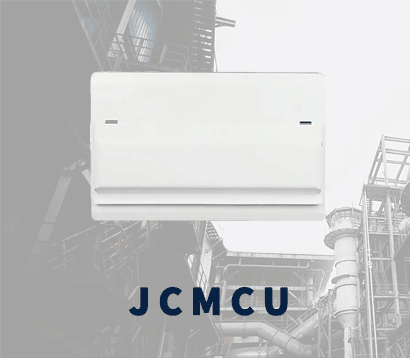 JCMCU
JCMCU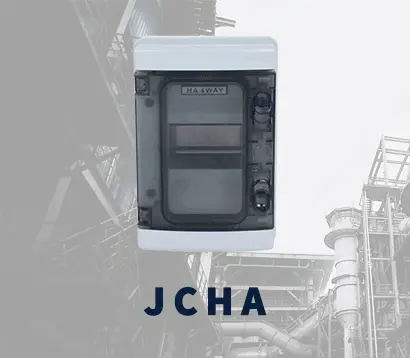 JCHA
JCHA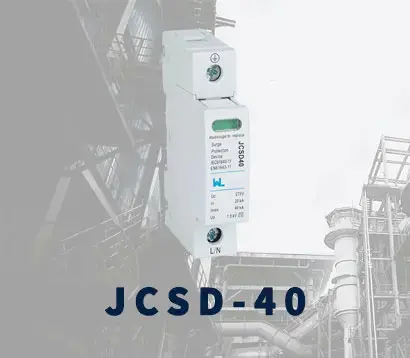 JCSD-40
JCSD-40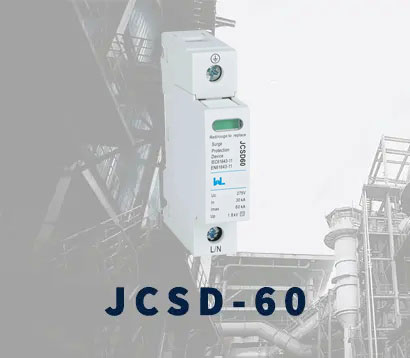 JCSD-60
JCSD-60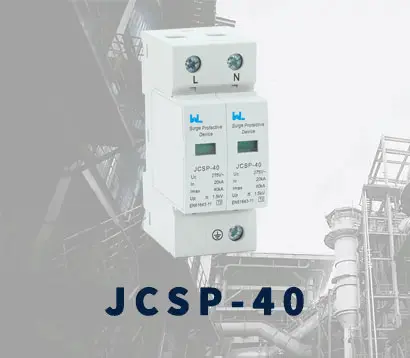 JCSP-40
JCSP-40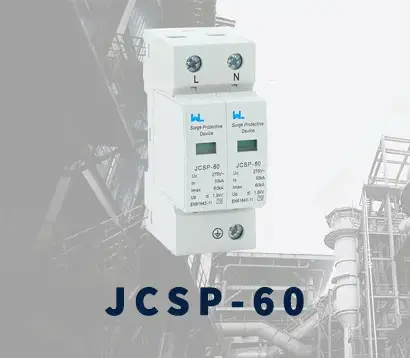 JCSP-60
JCSP-60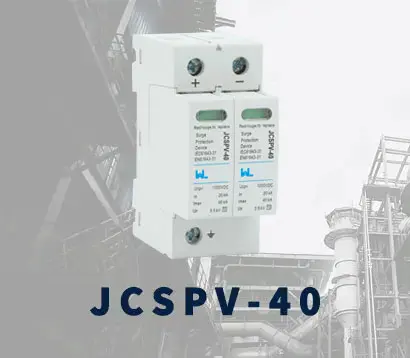 JCSPV
JCSPV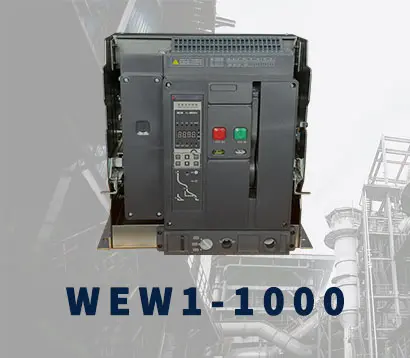 WEW1-1000
WEW1-1000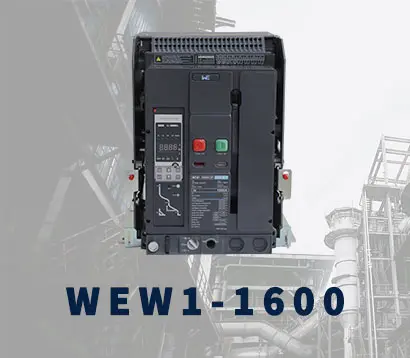 WEW1-1600
WEW1-1600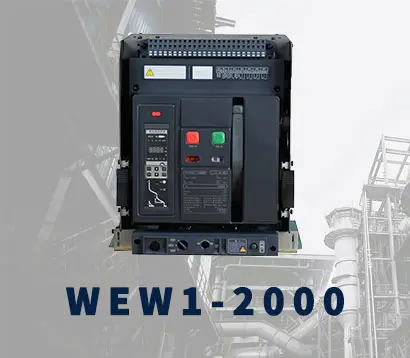 WEW1-2000
WEW1-2000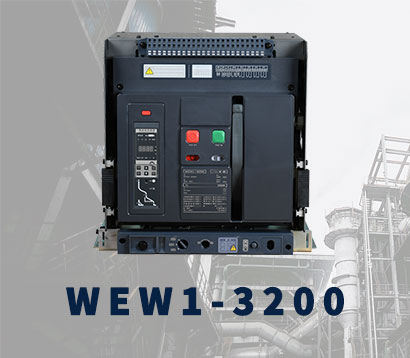 WEW1-3200
WEW1-3200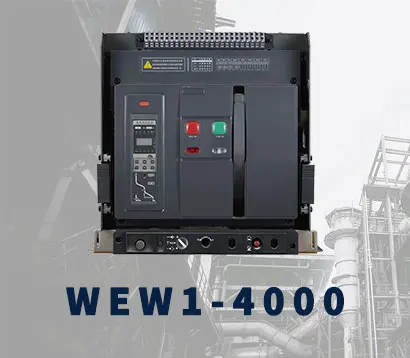 WEW1-4000
WEW1-4000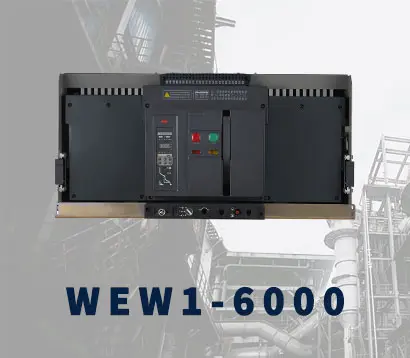 WEW1-6300
WEW1-6300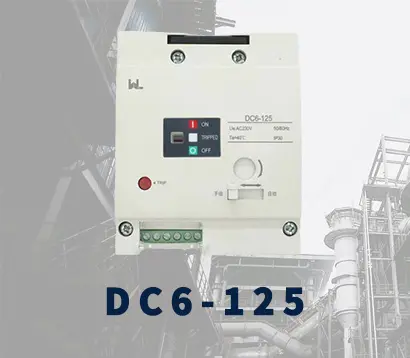 DC6-125
DC6-125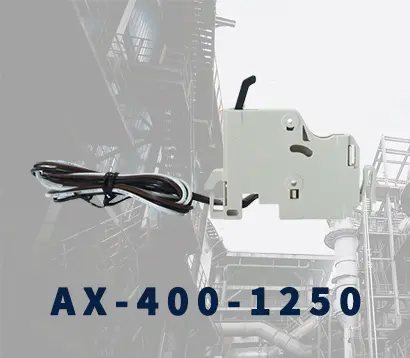 AX-400-1250
AX-400-1250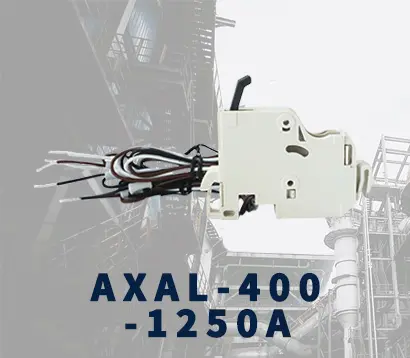 AXAL-400-1250A
AXAL-400-1250A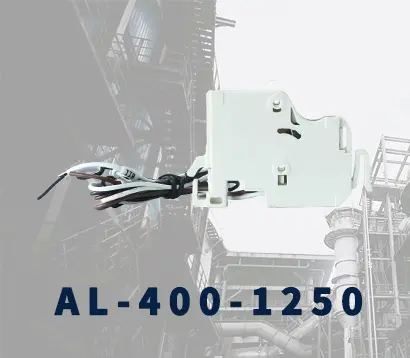 AL-400-1250
AL-400-1250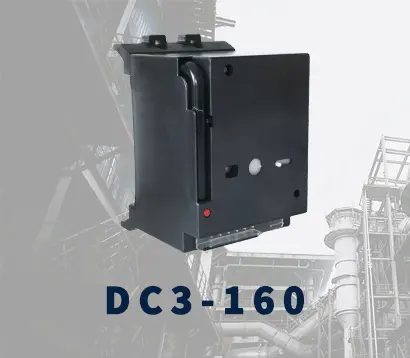 DC3-160
DC3-160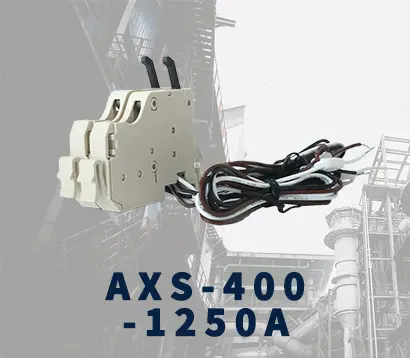 AXS-400-1250A
AXS-400-1250A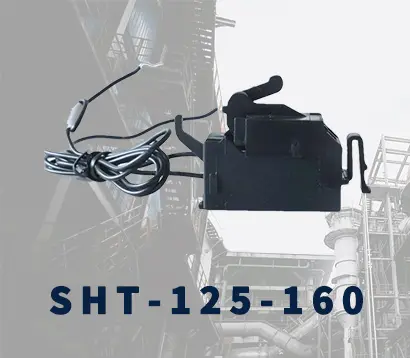 SHT-125-160
SHT-125-160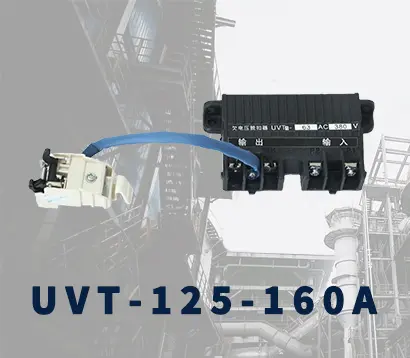 UVT-125-160A
UVT-125-160A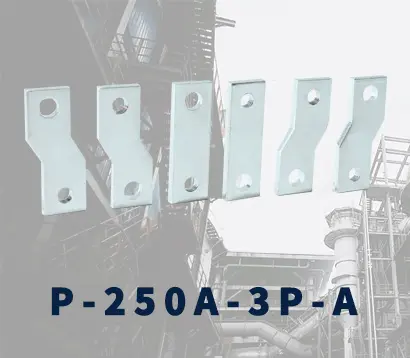 P-250A-3P-A
P-250A-3P-A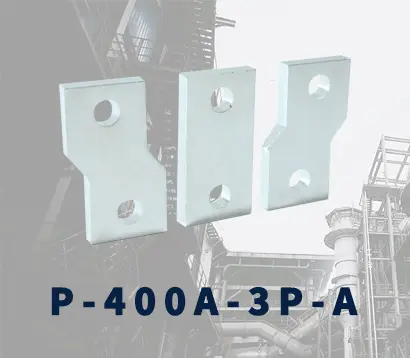 400-3P/4P terminal cover
400-3P/4P terminal cover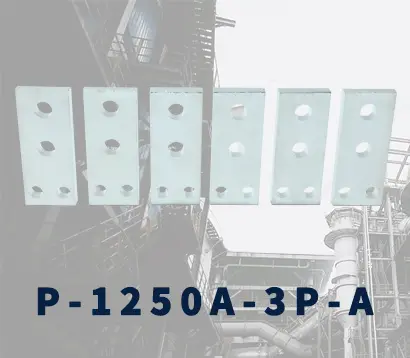 1250-3Pmccb accessories busbar
1250-3Pmccb accessories busbar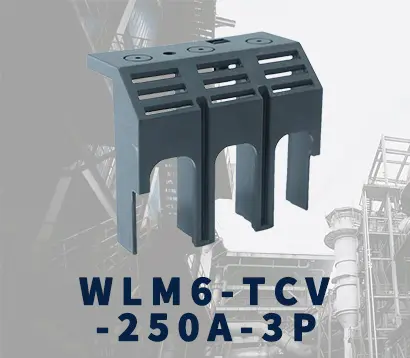 250-3P terminal conver
250-3P terminal conver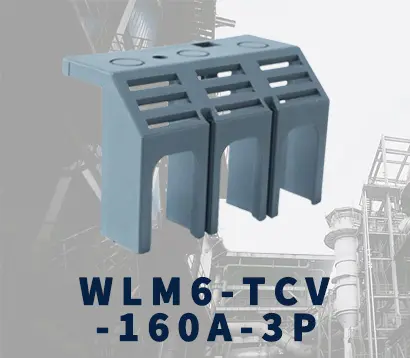 WLM6-TCV-160A-3P
WLM6-TCV-160A-3P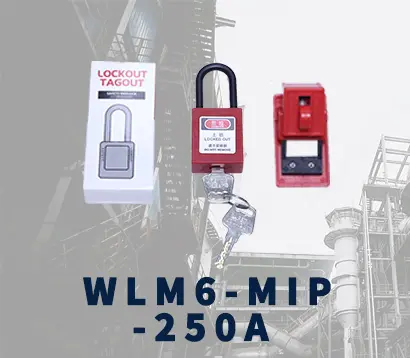 WLM6-MIP-250A
WLM6-MIP-250A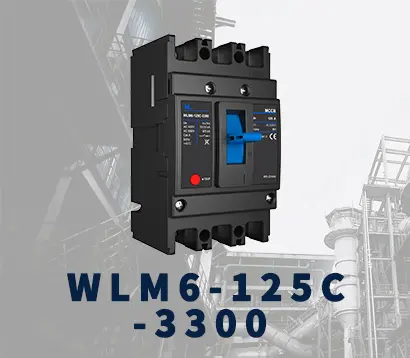 WLM6-125A-3300 3P/4P
WLM6-125A-3300 3P/4P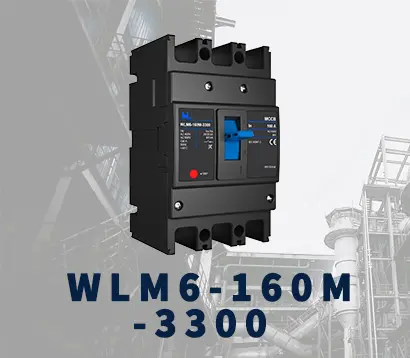 WLM6-160A-3300 3P/4P
WLM6-160A-3300 3P/4P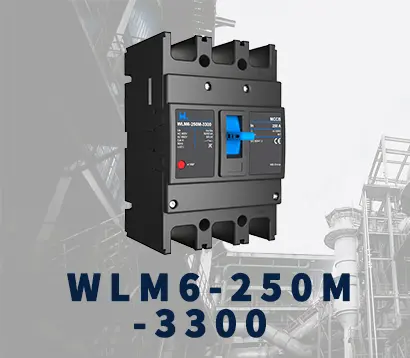 WLM6-250A-3300 3P/4P
WLM6-250A-3300 3P/4P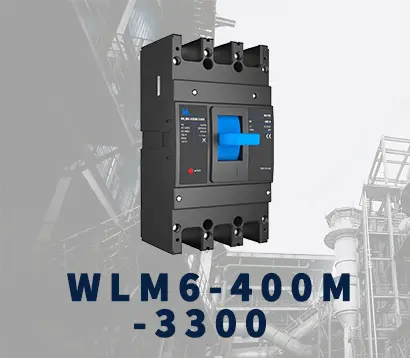 WLM6-400A-3300 3P/4P
WLM6-400A-3300 3P/4P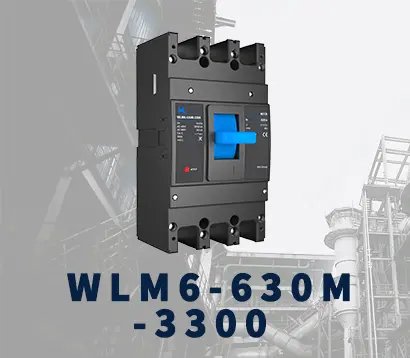 WLM6-630A-3300 3P/4P
WLM6-630A-3300 3P/4P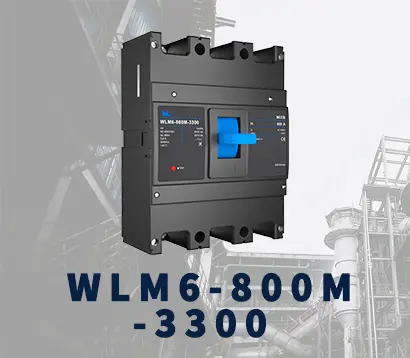 WLM6-800A-3300 3P/4P
WLM6-800A-3300 3P/4P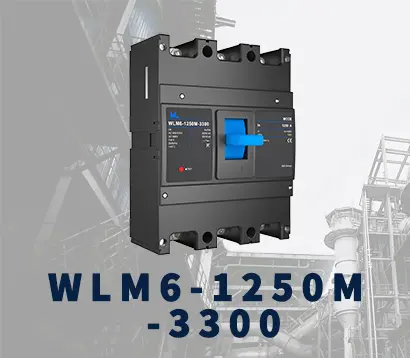 WLM6-1250A-3300 3P/4P
WLM6-1250A-3300 3P/4P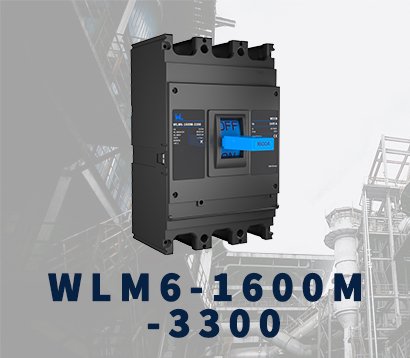 WLM6-1600A-3300 3P/4P
WLM6-1600A-3300 3P/4P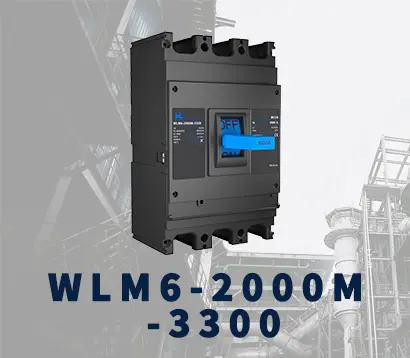 WLM6-2000A 3P/4P
WLM6-2000A 3P/4P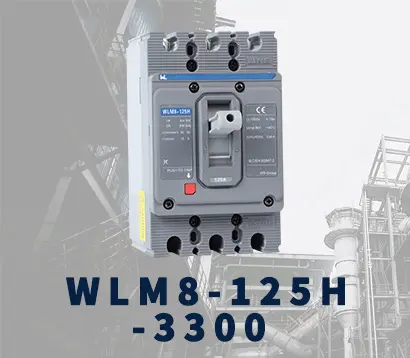 WLM8-125H-3300
WLM8-125H-3300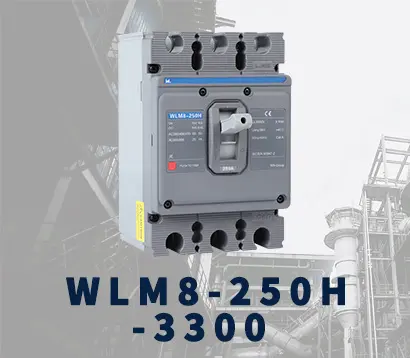 WLM8-250H-3300
WLM8-250H-3300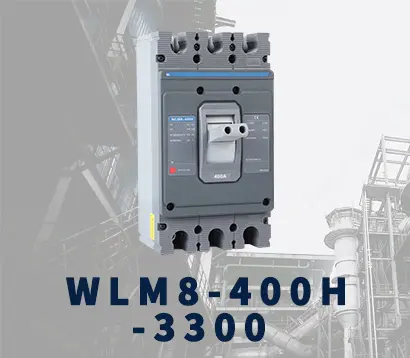 WLM8-400H-3300
WLM8-400H-3300 WLM8-400H-4300
WLM8-400H-4300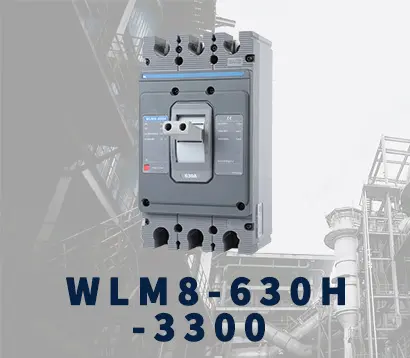 WLM8-630H-3300
WLM8-630H-3300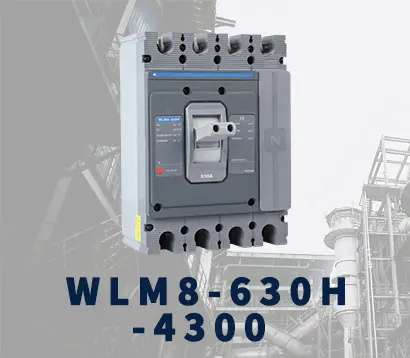 WLM8-630H-4300
WLM8-630H-4300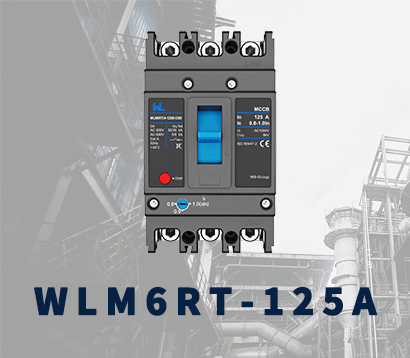 WLM6RT-125A
WLM6RT-125A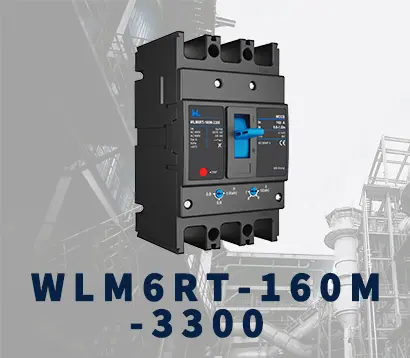 WLM6RT-160A
WLM6RT-160A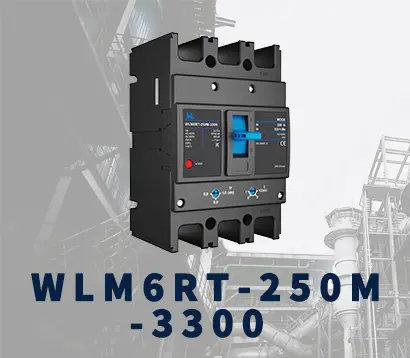 WLM6RT-250A
WLM6RT-250A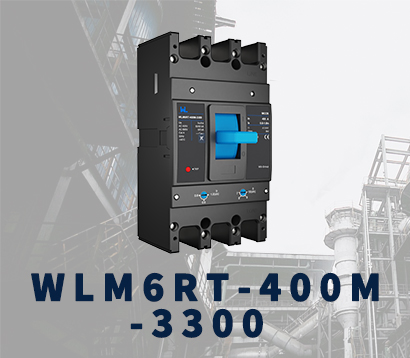 WLM6RT-400A
WLM6RT-400A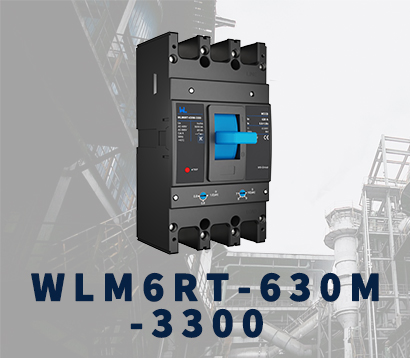 WLM6RT-630A
WLM6RT-630A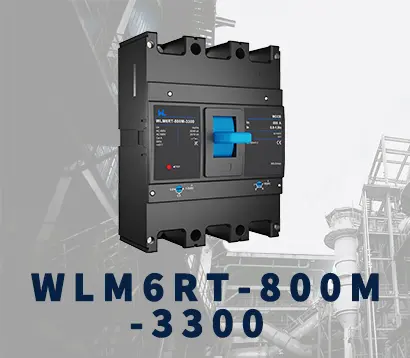 WLM6RT-800A
WLM6RT-800A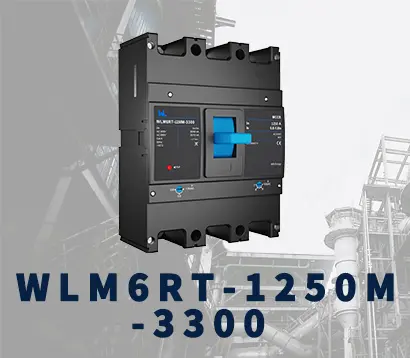 WLM6RT-1250A
WLM6RT-1250A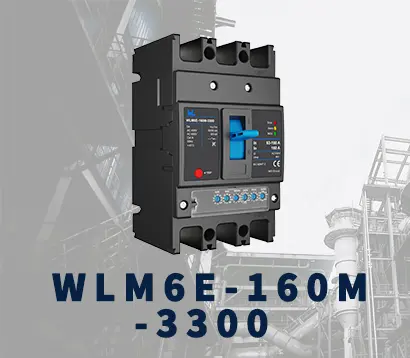 WLM6E-160A-3300 3P
WLM6E-160A-3300 3P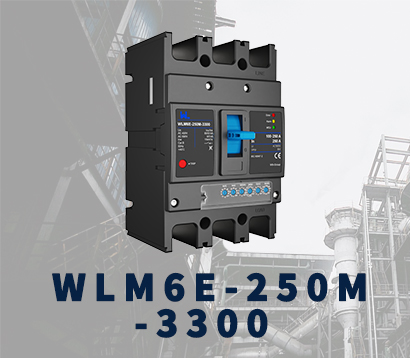 WLM6E-250A-3300
WLM6E-250A-3300 WLM6E-400A-3300 3P/4P
WLM6E-400A-3300 3P/4P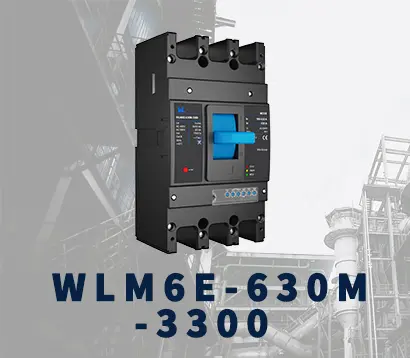 WLM6E-630A-3300
WLM6E-630A-3300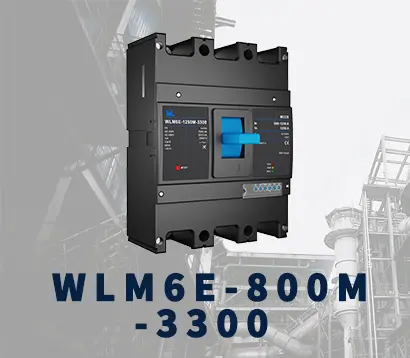 WLM6E-800A-3300 3P/4P
WLM6E-800A-3300 3P/4P WLM6E-1250A-3300
WLM6E-1250A-3300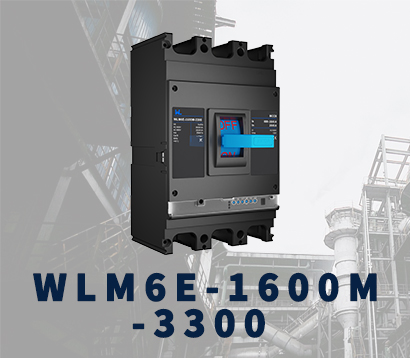 WLM6E-1600-3300 3P/4P
WLM6E-1600-3300 3P/4P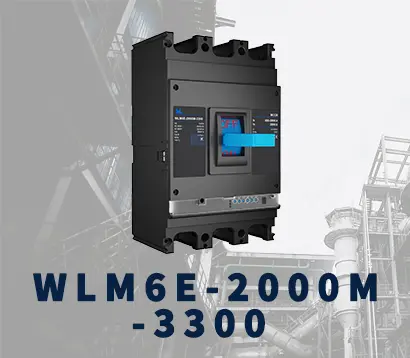 WLM6E-2000A-3300 3P/4P
WLM6E-2000A-3300 3P/4P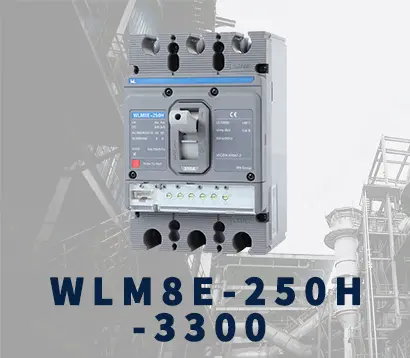 WLM8E-250H-3300
WLM8E-250H-3300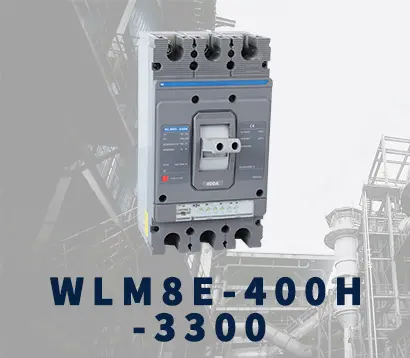 WLM8E-400H-3300
WLM8E-400H-3300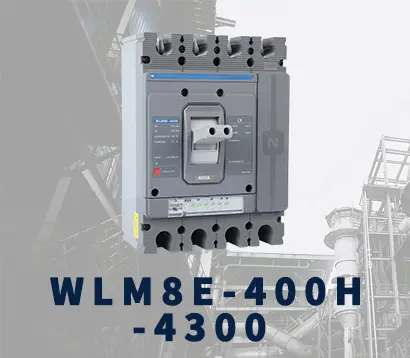 WLM8E-400H-4300
WLM8E-400H-4300 WLM8E-630H-3300
WLM8E-630H-3300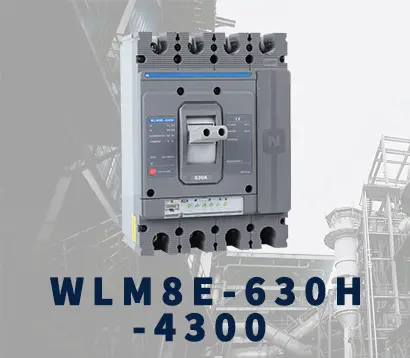 WLM8E-630H-4300
WLM8E-630H-4300 WLM6EY-250-3300 3P/4P
WLM6EY-250-3300 3P/4P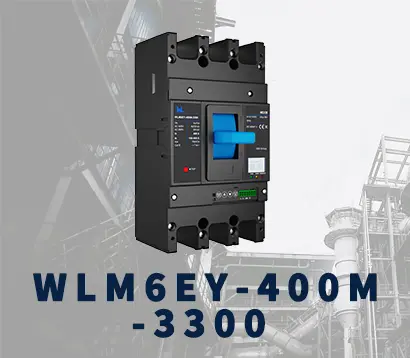 WLM6EY-400 3P/4P
WLM6EY-400 3P/4P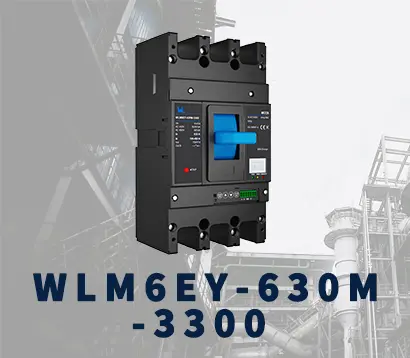 WLM6EY-630 3P/4P
WLM6EY-630 3P/4P WLM6EY-800A 3P/4P
WLM6EY-800A 3P/4P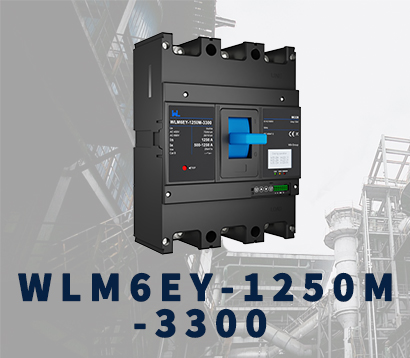 WLM6EY-1250A 3P/4P
WLM6EY-1250A 3P/4P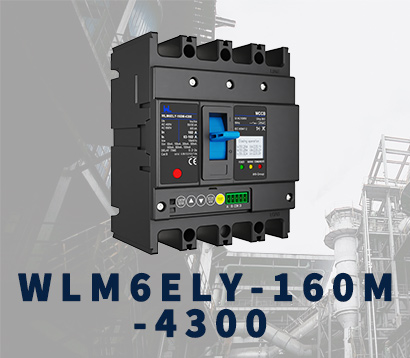 WLM6ELY-160A
WLM6ELY-160A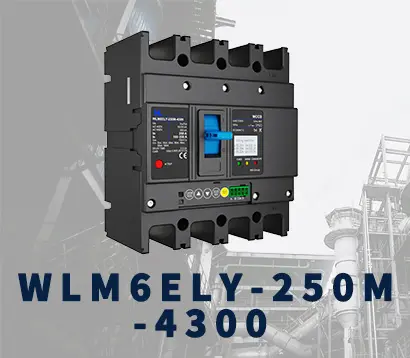 WLM6ELY-250A
WLM6ELY-250A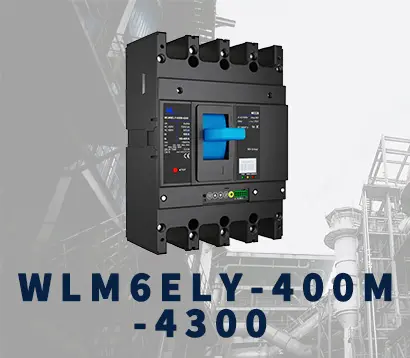 WLM6ELY-400A
WLM6ELY-400A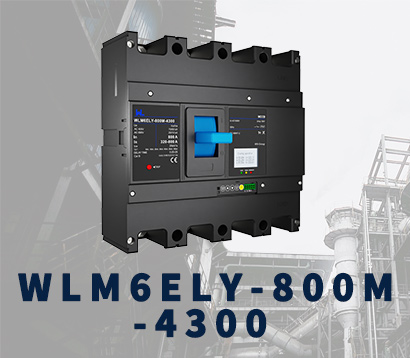 WLM6ELY-800A
WLM6ELY-800A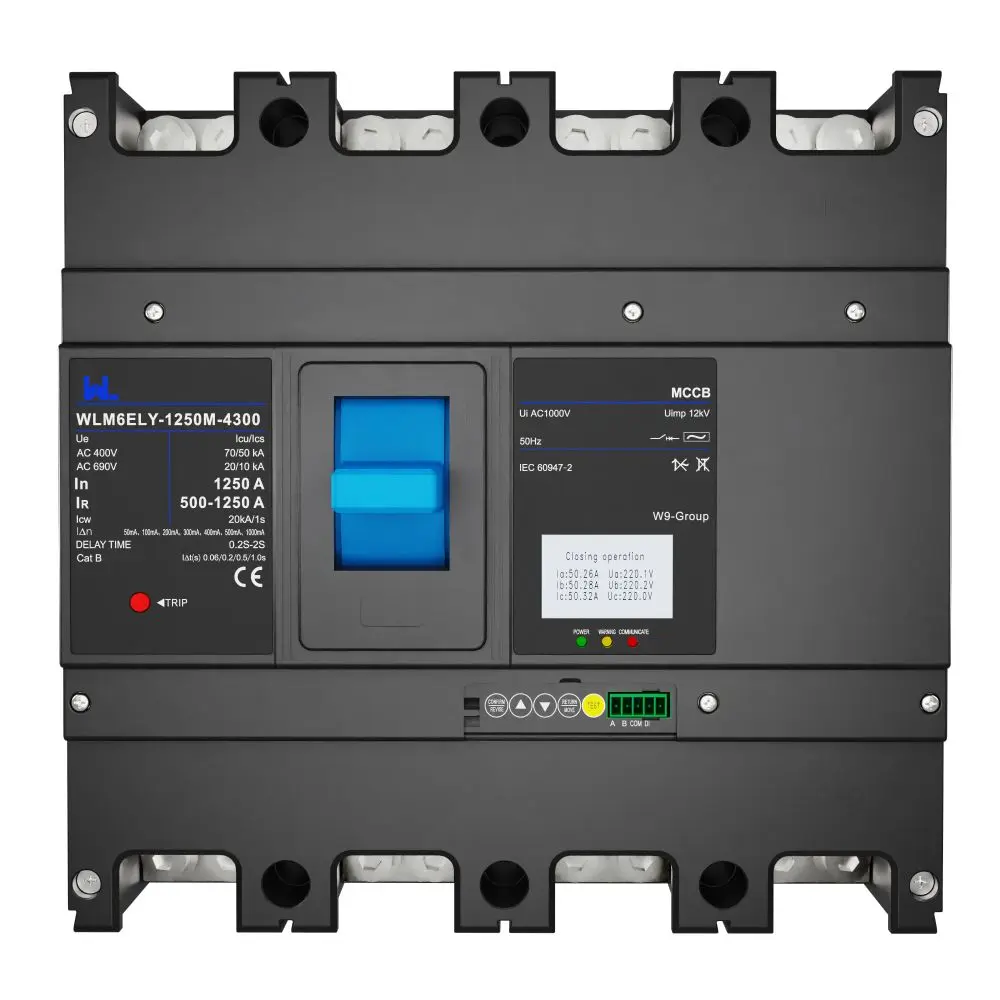 WLM6ELY-1250A
WLM6ELY-1250A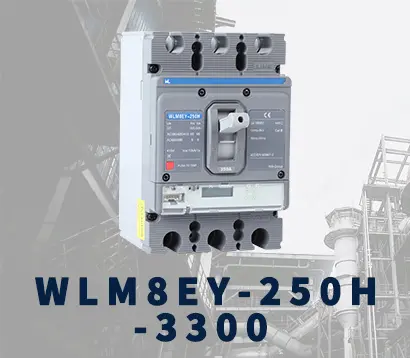 WLM8EY-250H-3300
WLM8EY-250H-3300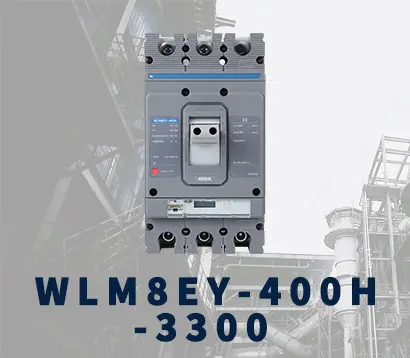 WLM8EY-400H-3300
WLM8EY-400H-3300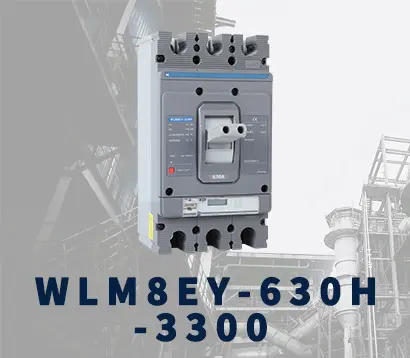 WLM8EY-630H-3300
WLM8EY-630H-3300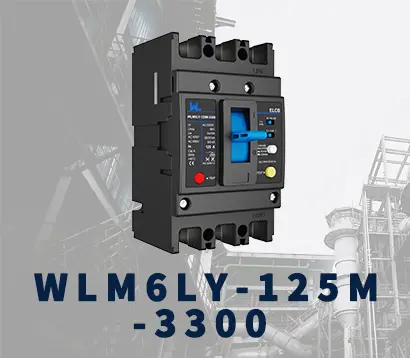 WLM6LY-125A
WLM6LY-125A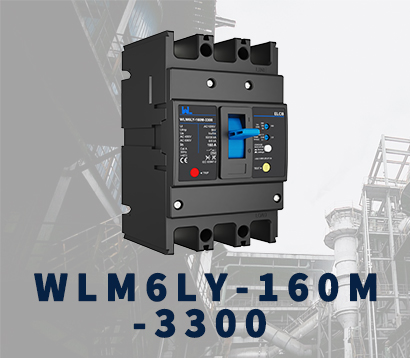 WLM6L-160A
WLM6L-160A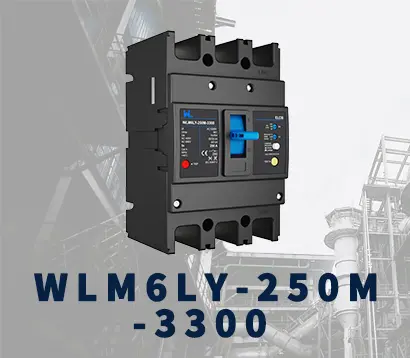 WLM6LY-250A
WLM6LY-250A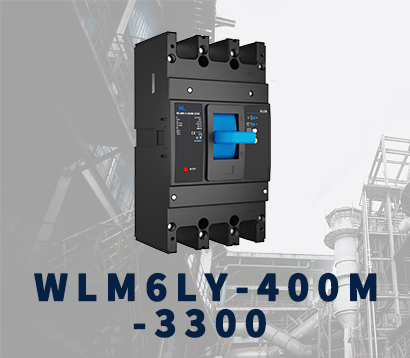 WLM6LY-400A
WLM6LY-400A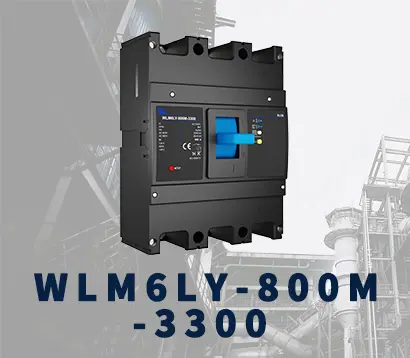 WLM6LY-800A
WLM6LY-800A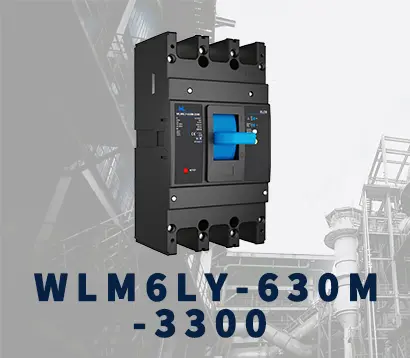 WLM6LY-630A
WLM6LY-630A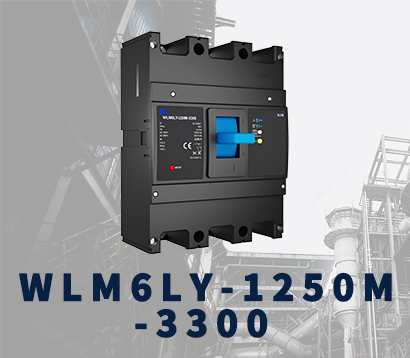 WLM6LY-1250A
WLM6LY-1250A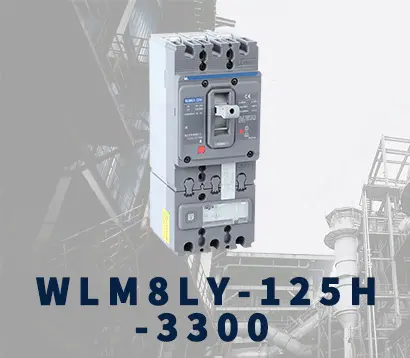 WLM8LY-125H-3300
WLM8LY-125H-3300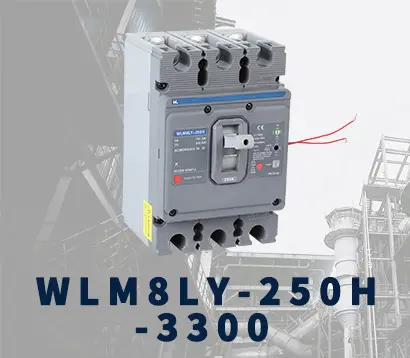 WLM8LY-250H-3300
WLM8LY-250H-3300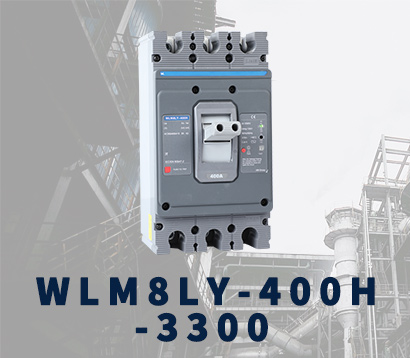 WLM8LY-400H-3300
WLM8LY-400H-3300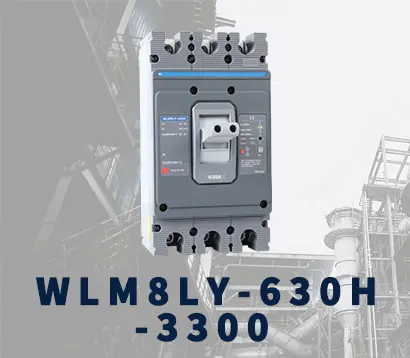 WLM8LY-630H-3300
WLM8LY-630H-3300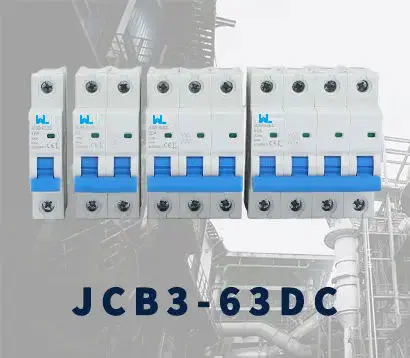 JCB3-63DC
JCB3-63DC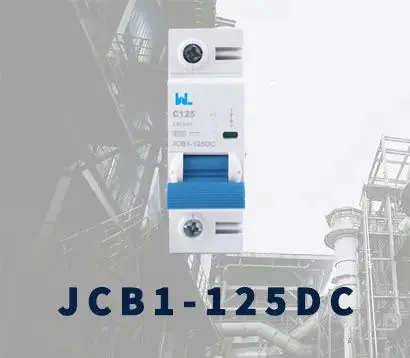 JCB1-125DC
JCB1-125DC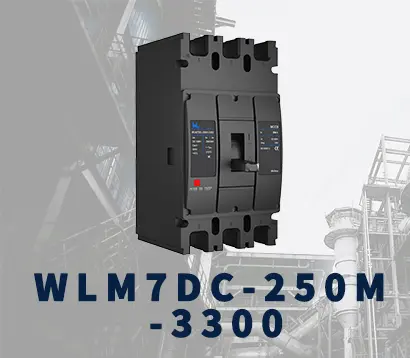 WLM7DC-250A-2300 2P/3P
WLM7DC-250A-2300 2P/3P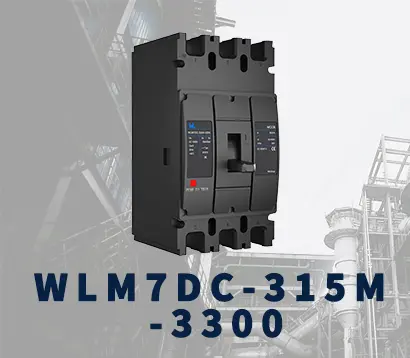 WLM7DC-315A-3300 2P/3P
WLM7DC-315A-3300 2P/3P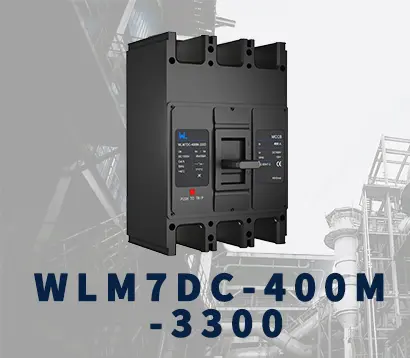 WLM7DC-400A-2300 2P/3P
WLM7DC-400A-2300 2P/3P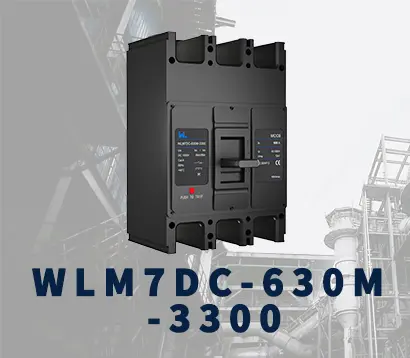 WLM7DC-630A-3300 3P
WLM7DC-630A-3300 3P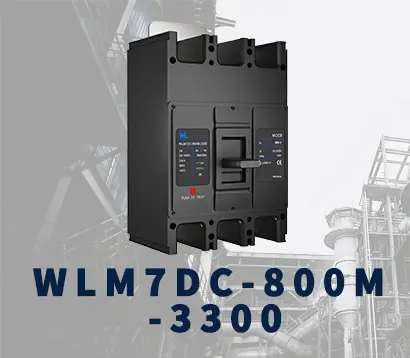 WLM7DC-800A-2300 2P/3P
WLM7DC-800A-2300 2P/3P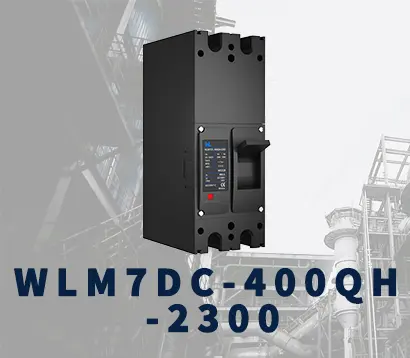 WLM7DC-400A 2300
WLM7DC-400A 2300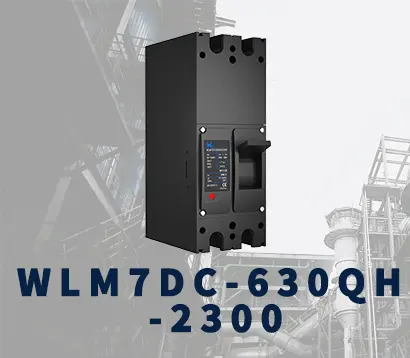 WLM7DC-630A-2300 2P
WLM7DC-630A-2300 2P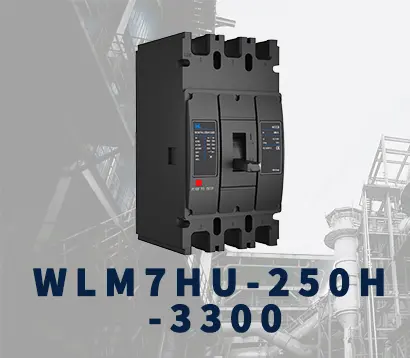 WLM7HU-250-3300 3P
WLM7HU-250-3300 3P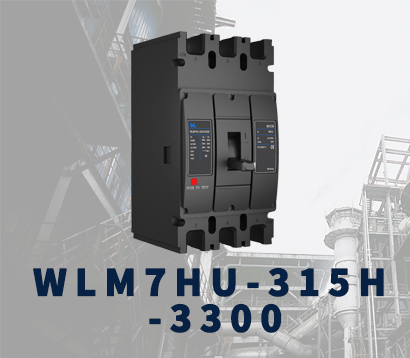 WLM7HU-315-3300 3P
WLM7HU-315-3300 3P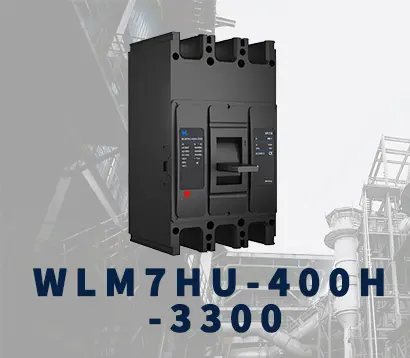 WLM7HU-400-3300 3P
WLM7HU-400-3300 3P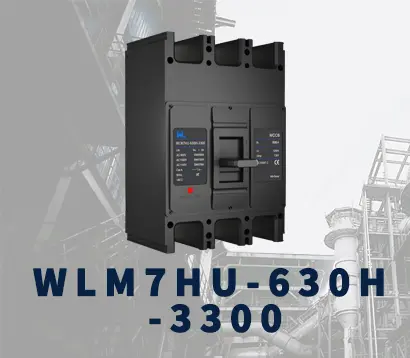 WLM7HU-630-3300 3P
WLM7HU-630-3300 3P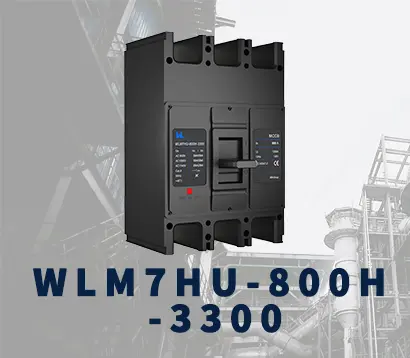 WLM7HU-800-3300 3P
WLM7HU-800-3300 3P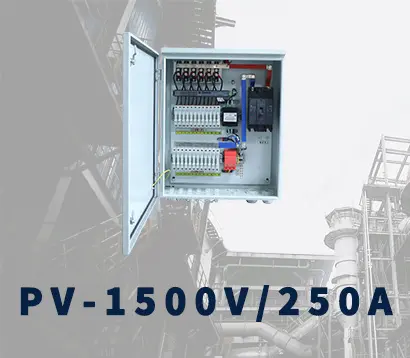 PV-1500V/250A
PV-1500V/250A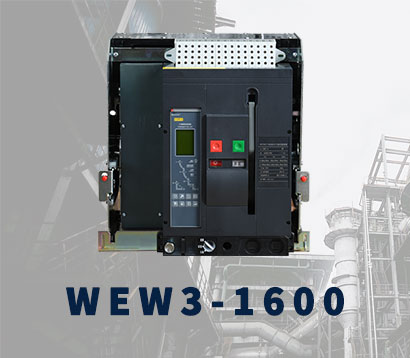 WEW3-1600
WEW3-1600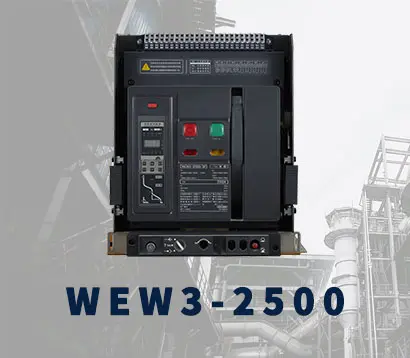 WEW3-2500
WEW3-2500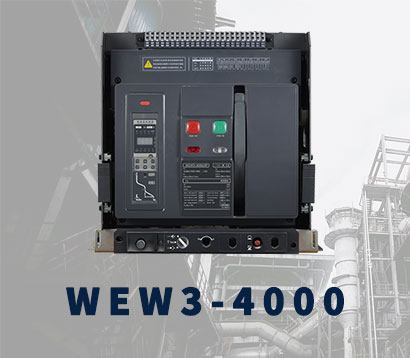 WEW3-4000
WEW3-4000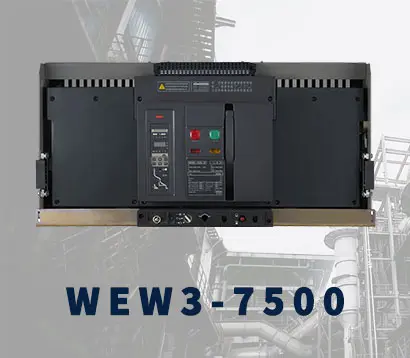 WEW3-7500
WEW3-7500



